It was on like Donkey Kong Friday night as DXY jumped, EUR and CNY fell:
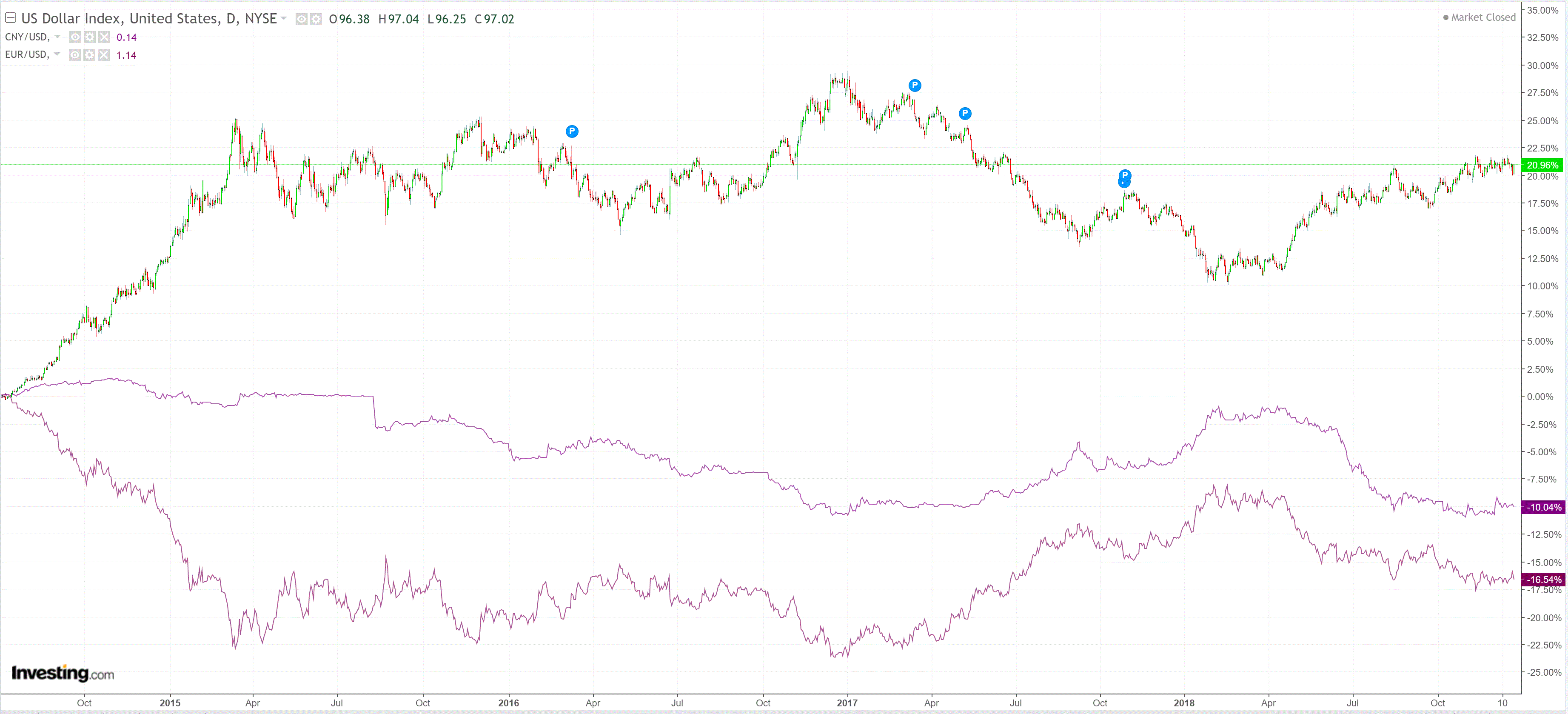
The Australian dollar closed at new lows for the 2018 move and fell against all majors:
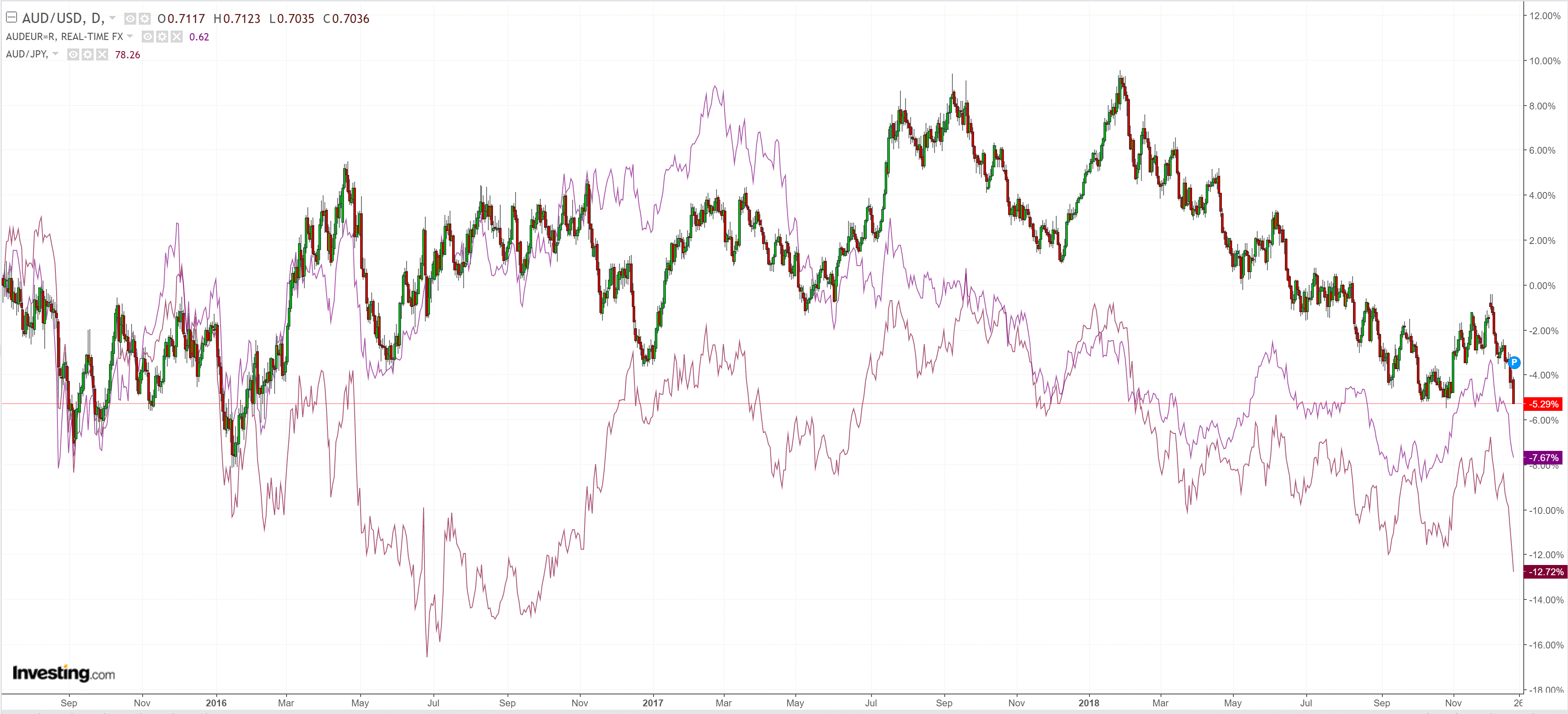
Versus EMs it was not much better:
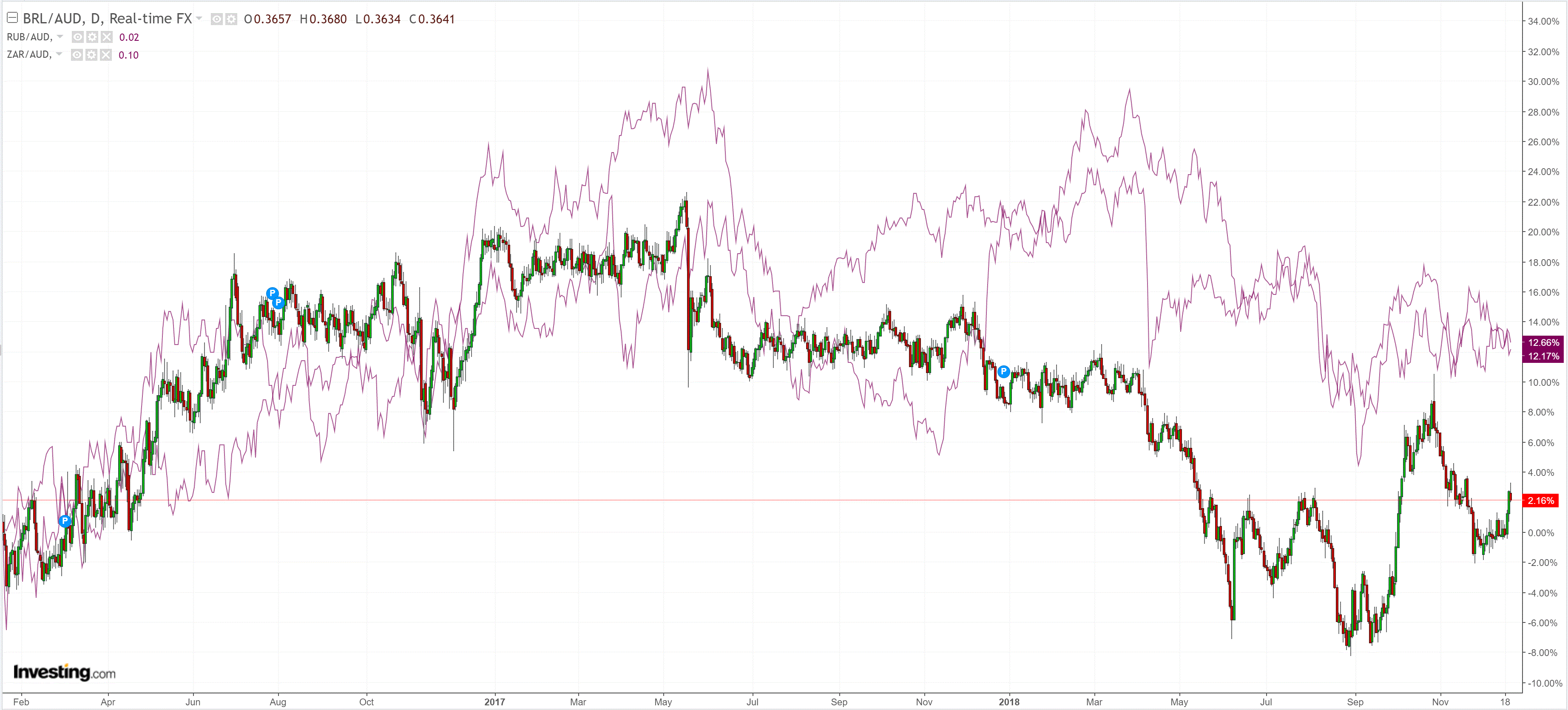
Last week saw Aussie shorts get cleared out to -35k contracts which, although still moderately short, appears to have opened the way for us to go lower:
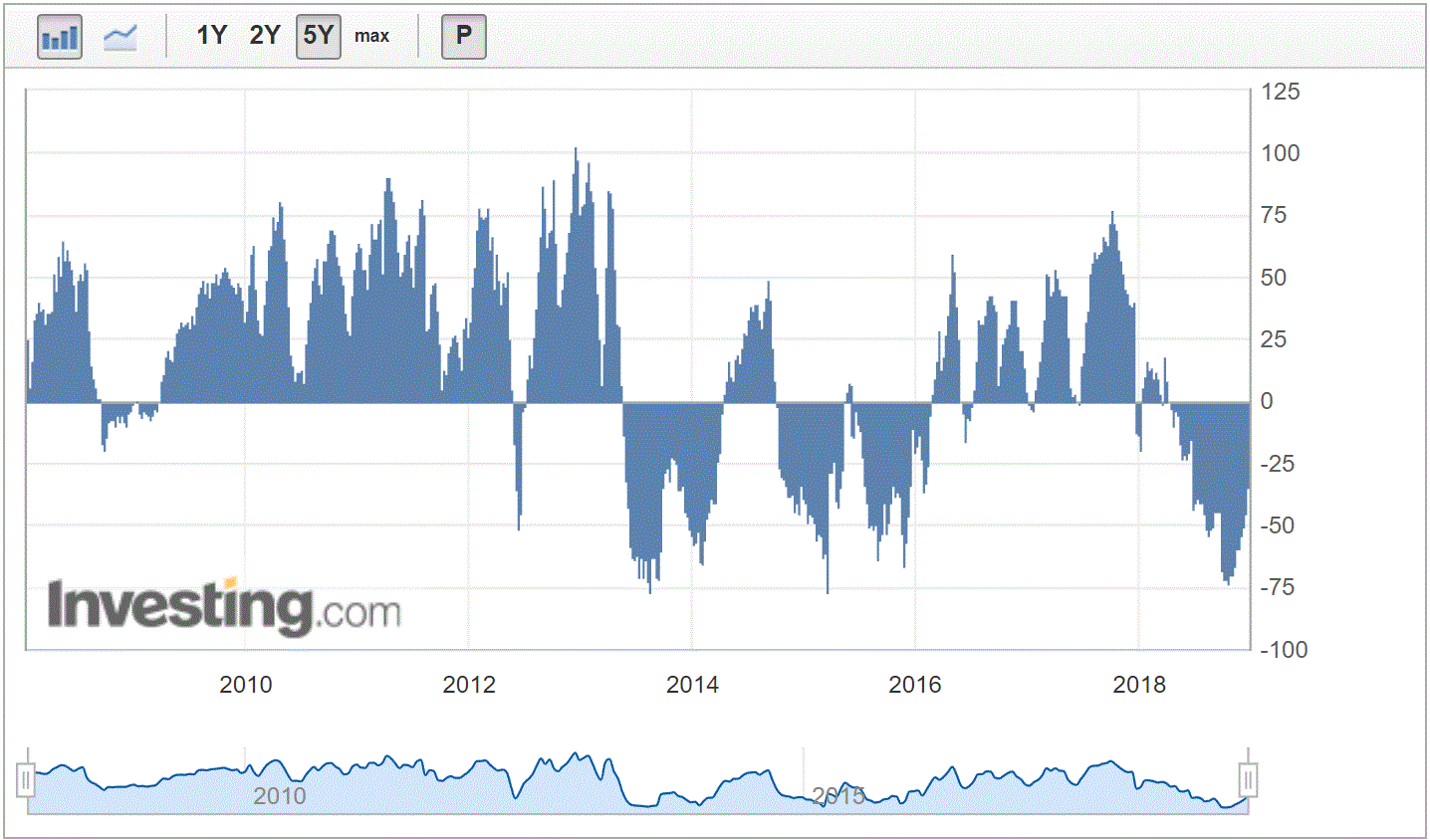
Gold fell:
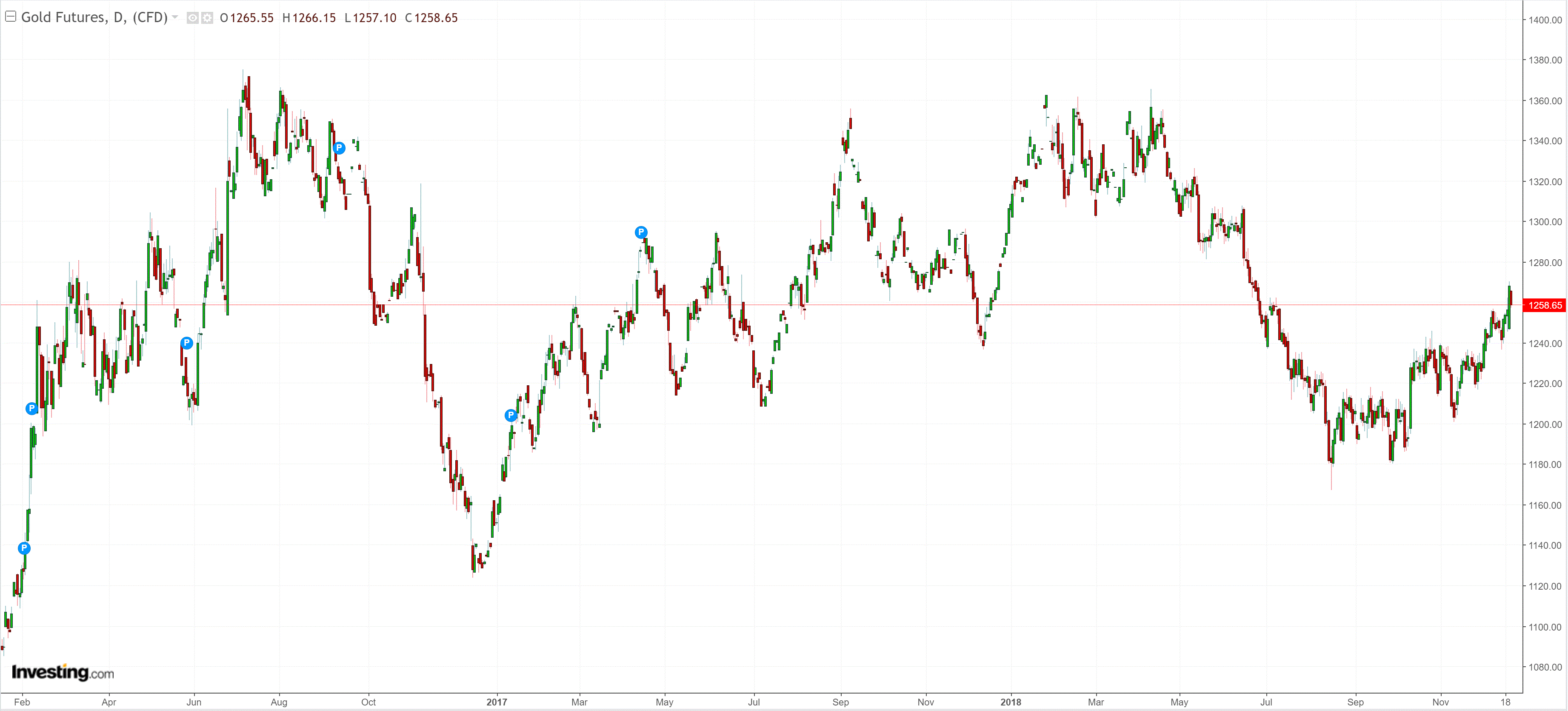
Oil fell:
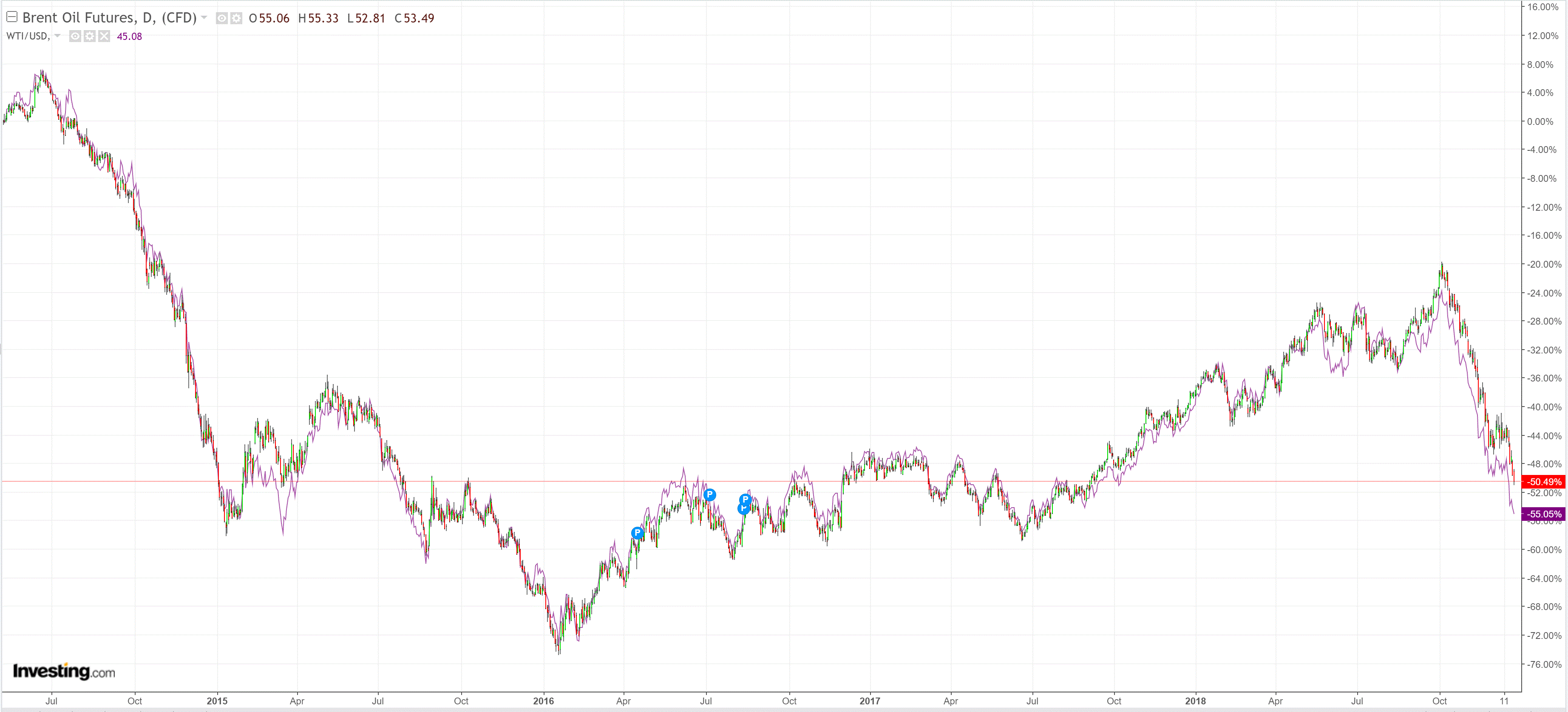
Its problem is the forward curve is still above $50 allowing new wells to hedge profitably. Oil is going to $40 to stop this:
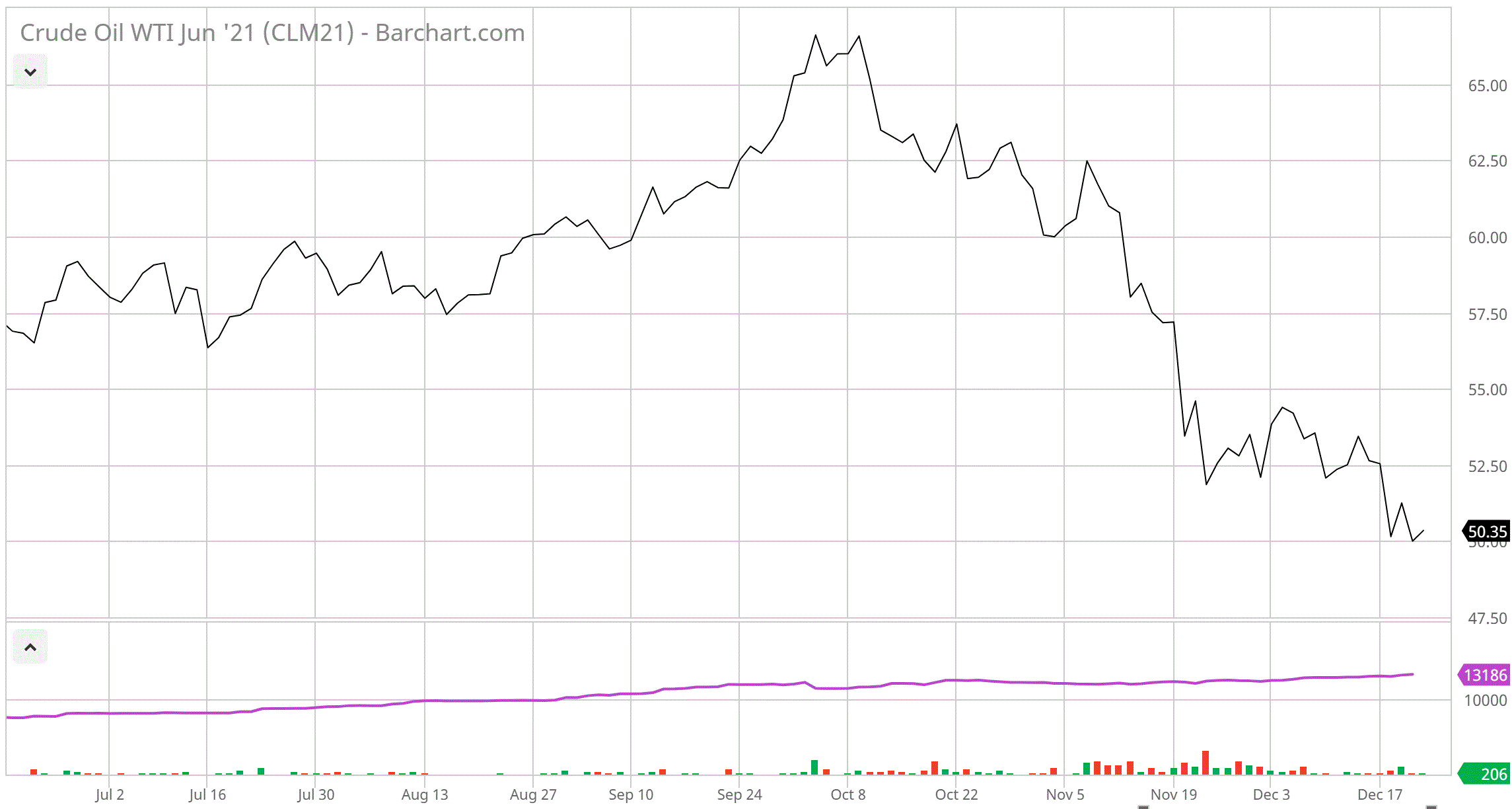
Base metals fell:
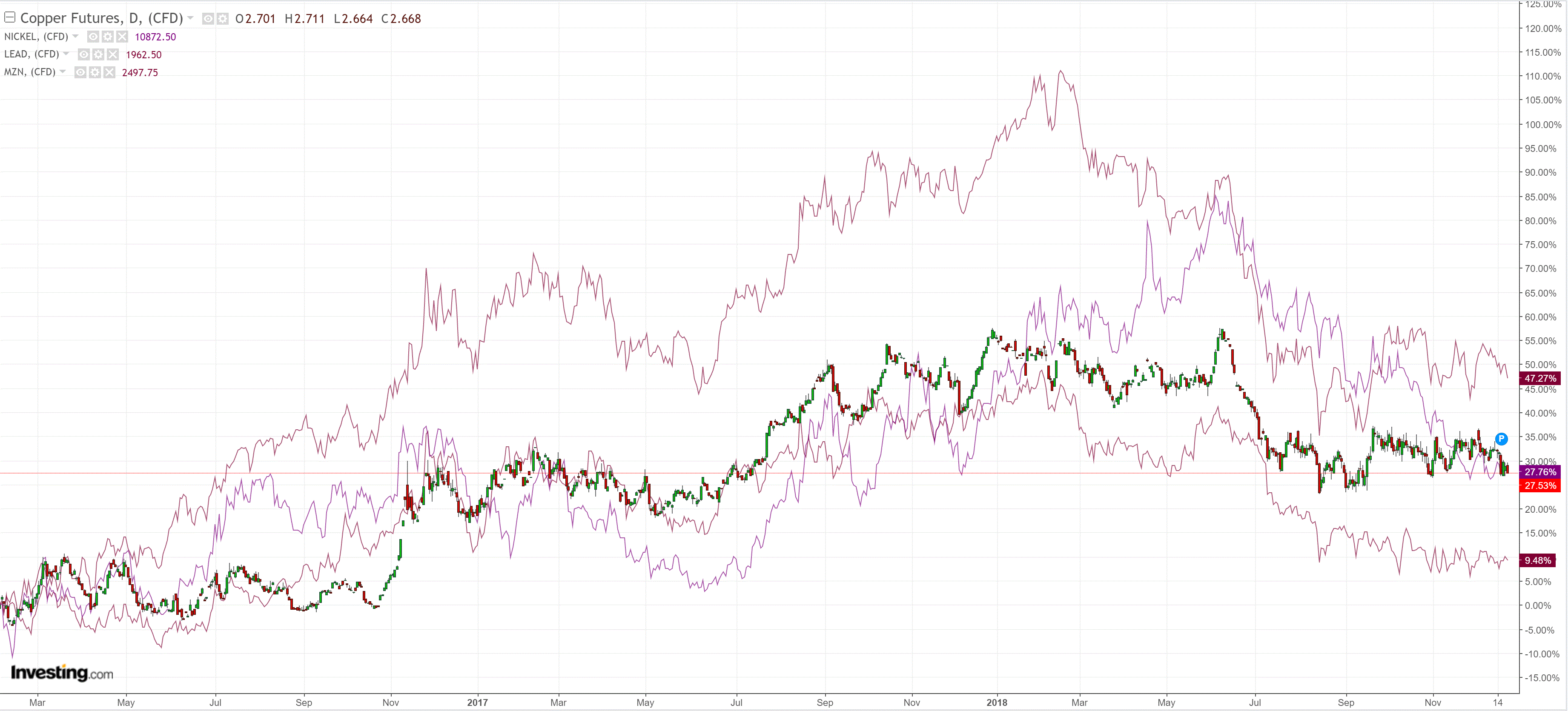
Big miners did better:
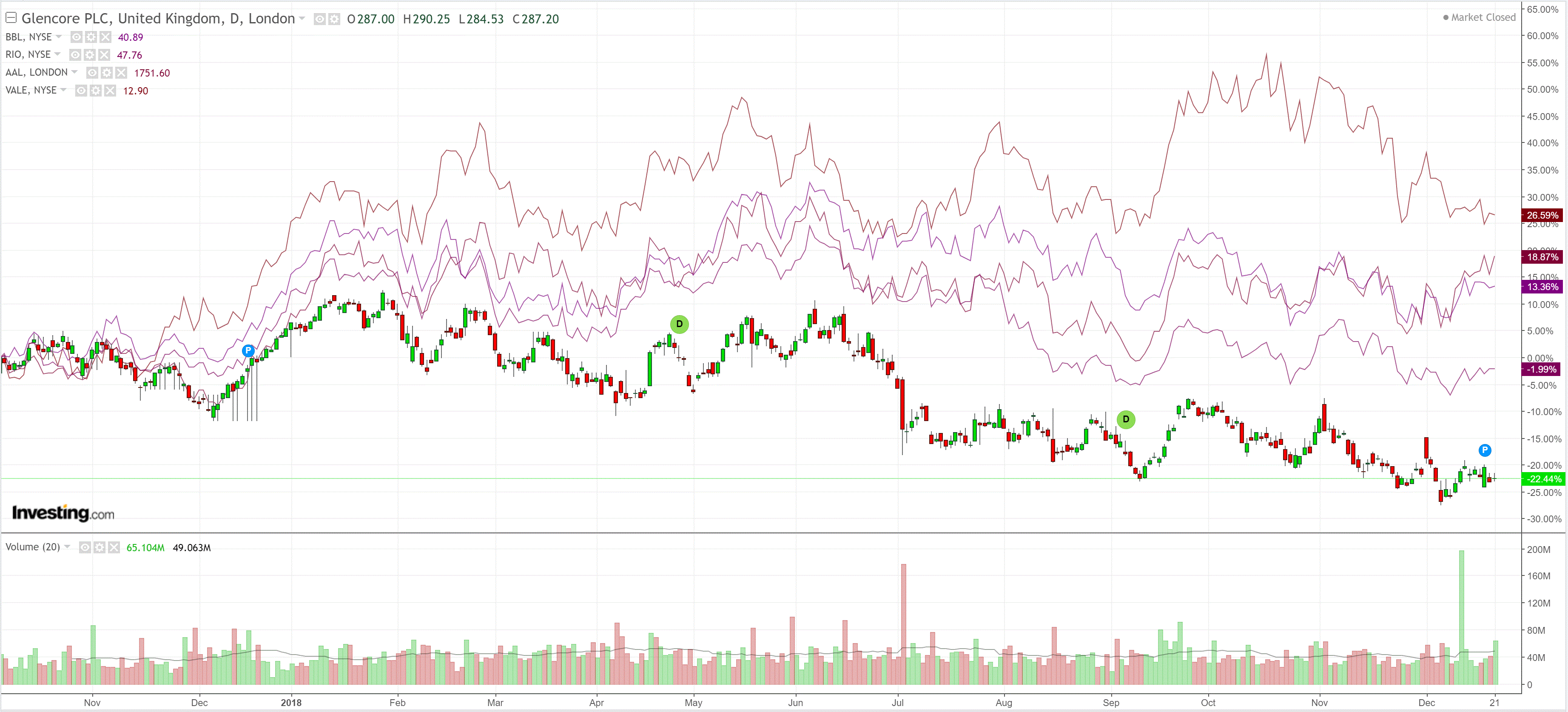
EM stocks did not:
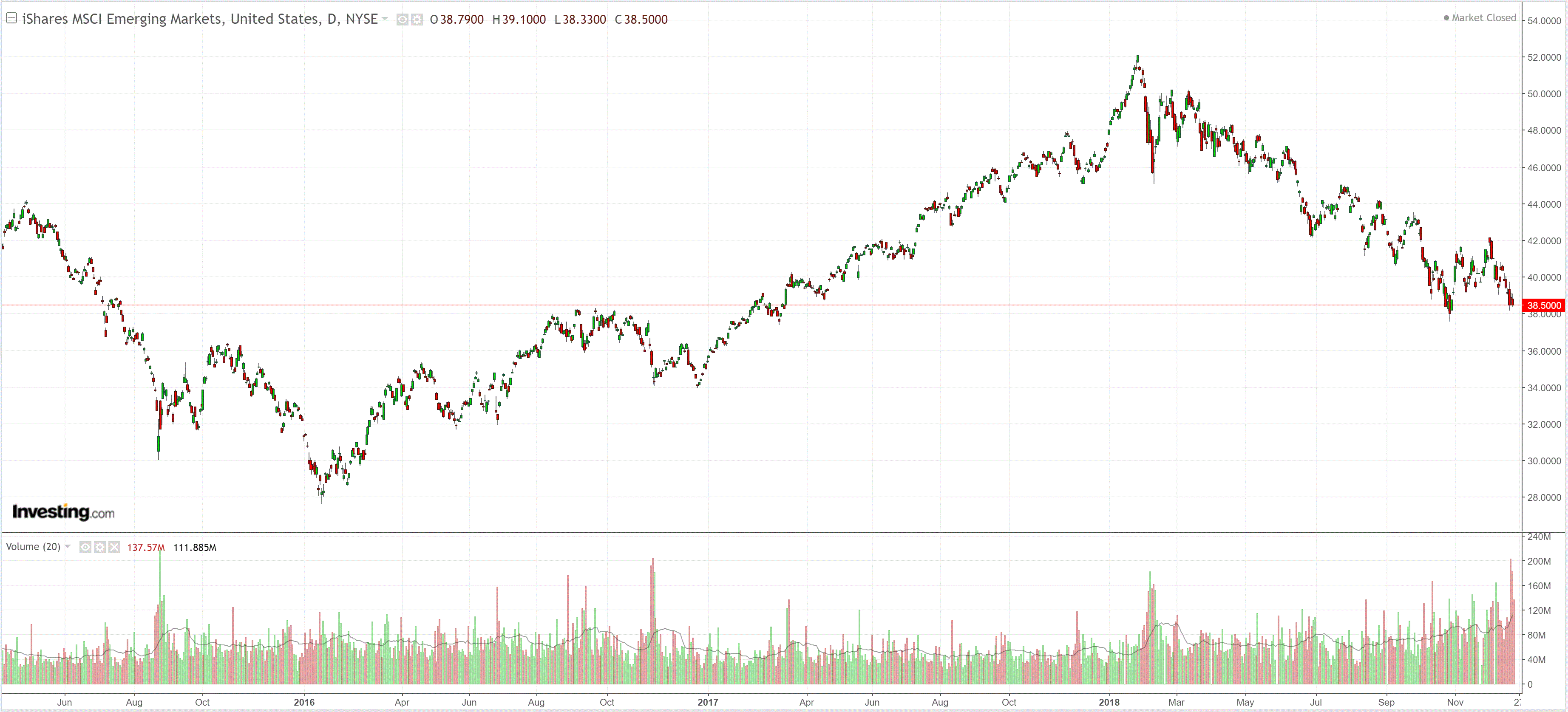
US and EM junk got slaughtered, a bad sign all round:
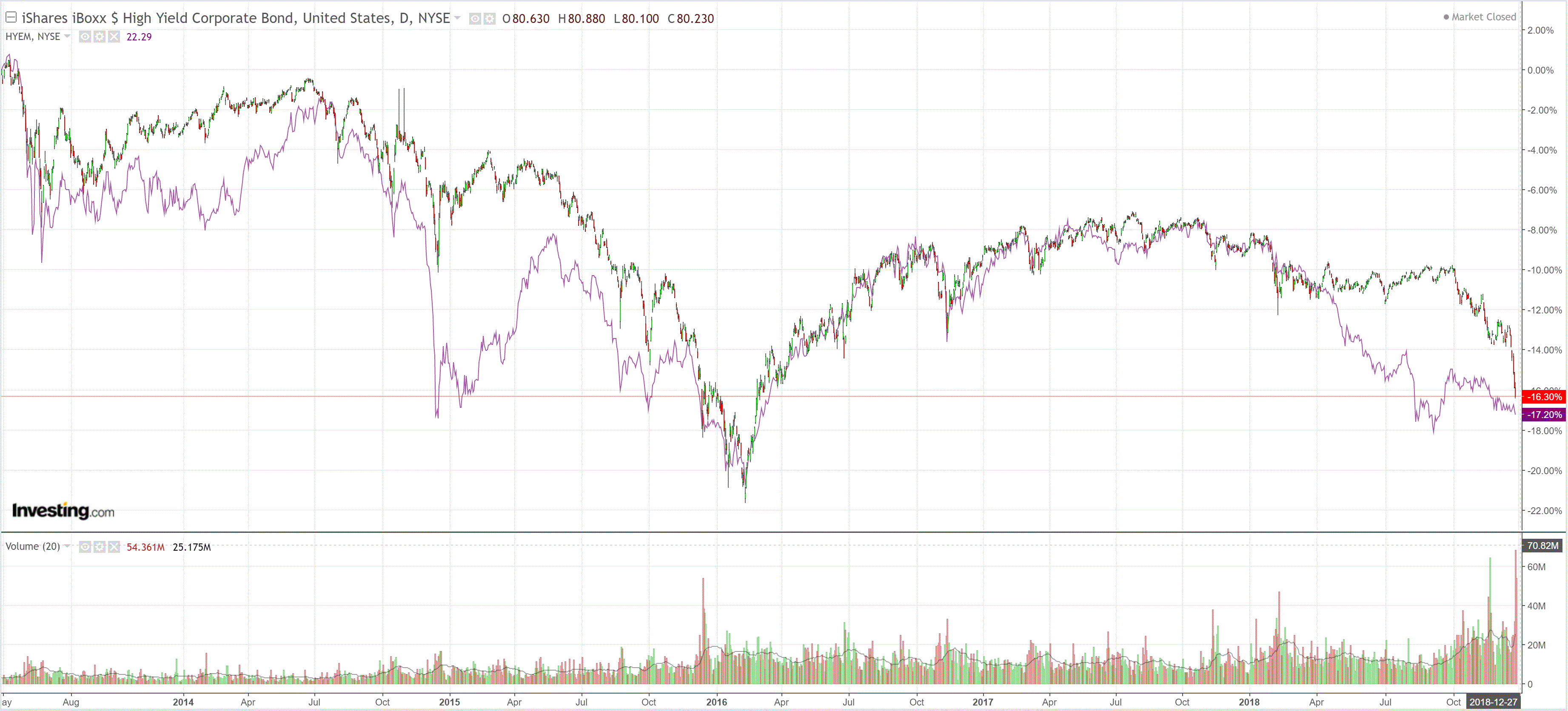
Treasuries were bid:
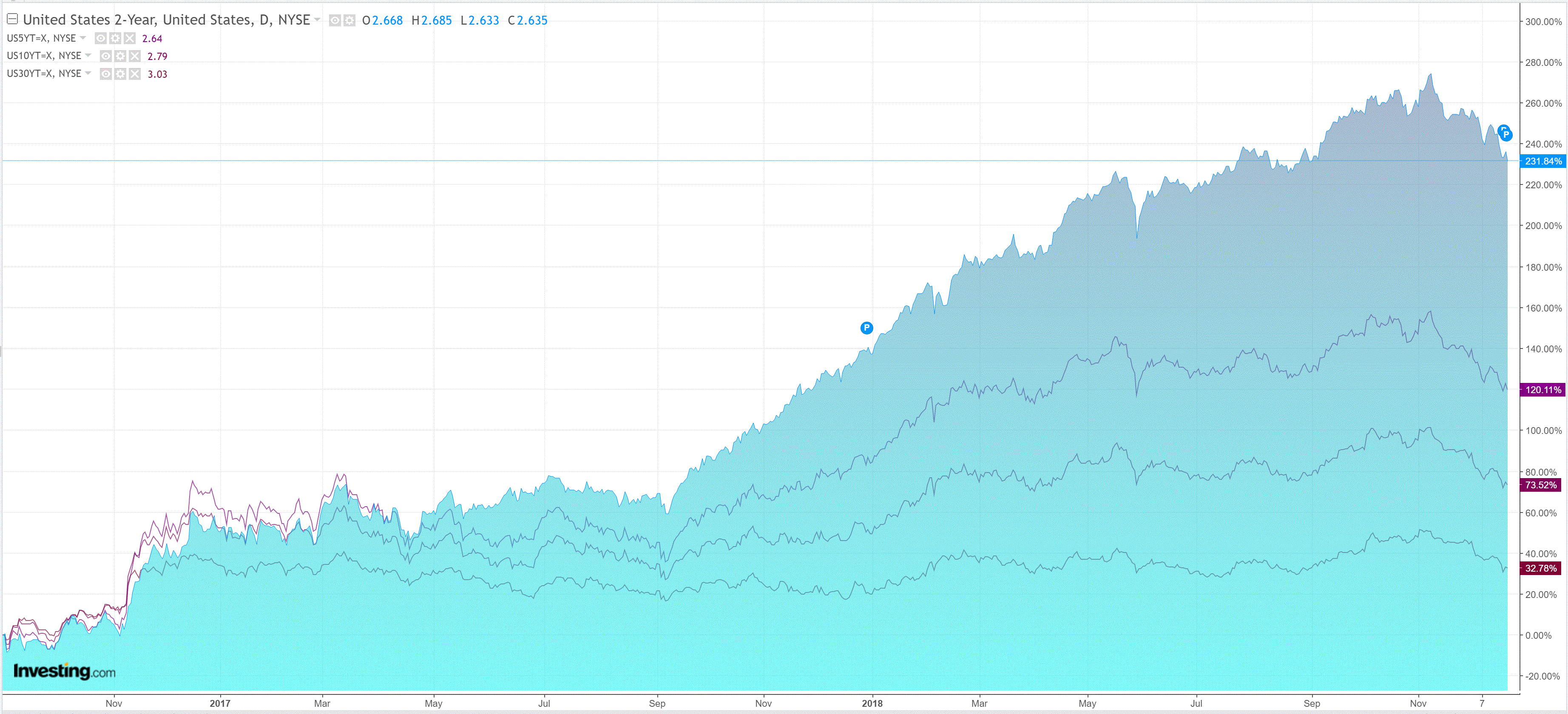
Bunds sold:
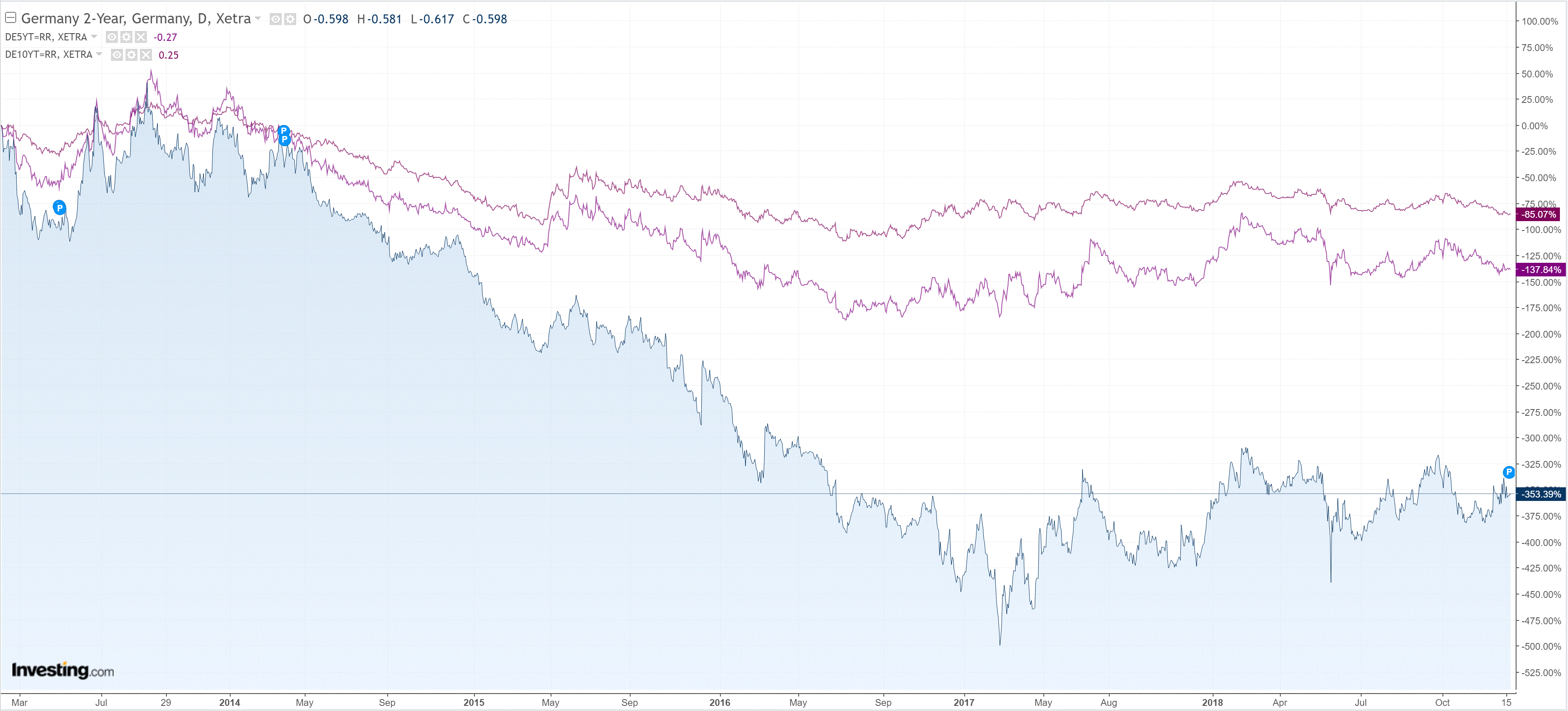
Stocks were bashed again:
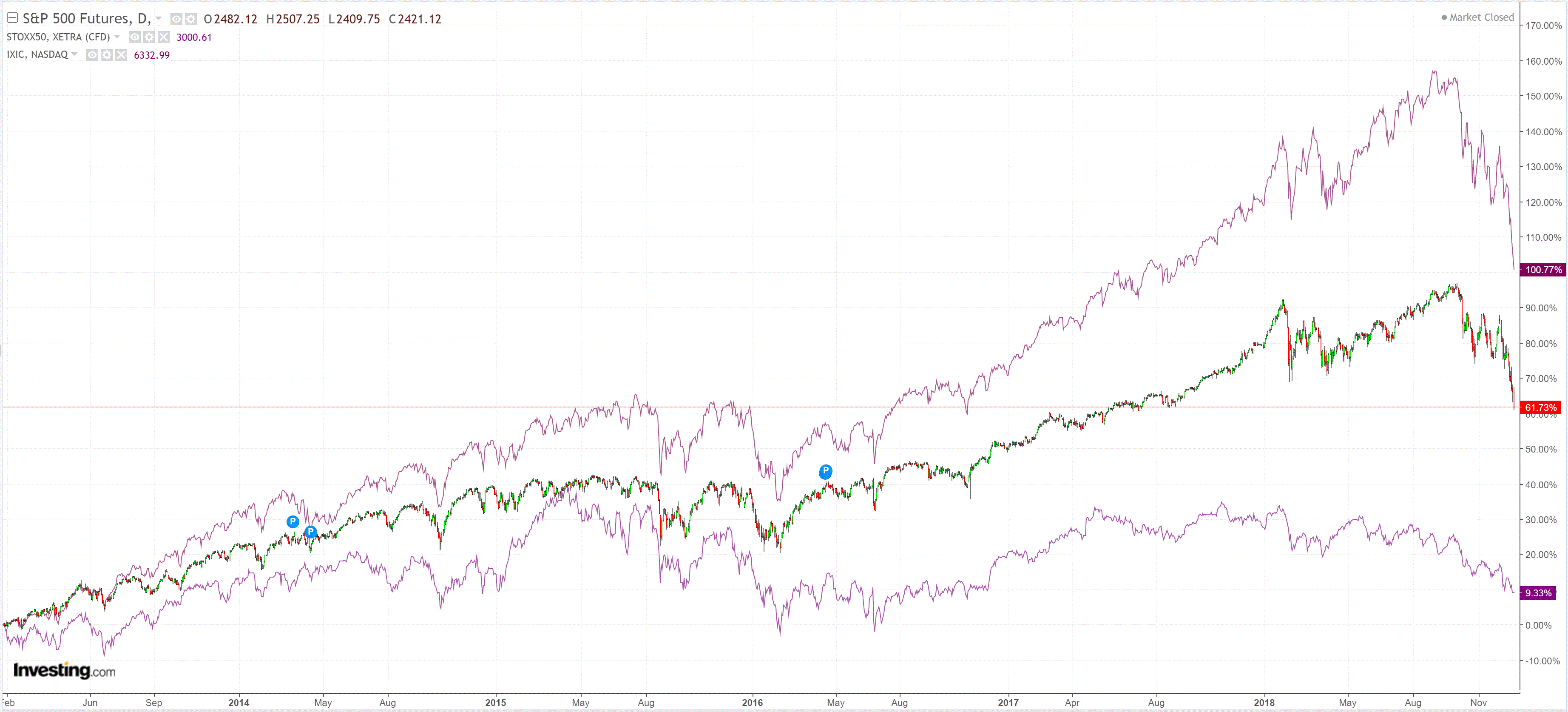
Policymakers everywhere tried and failed to put a dent in the correction. The Fed’s Mester did her best, via MarketWatch:
The Federal Reserve doesn’t have a level of interest rates in mind and will raise or lower interest rates based on what the economy is “telling” policymakers, Cleveland Fed President Loretta Mester said Friday. “There is no destination we’re aiming for,” Mester said in an interview on Wharton Business Radio. Mester declined to discuss the steep drop in stocks in the wake of the Fed decision on Wednesday, saying that markets have been volatile for months. Part of the Fed’s job is to understand the recent market selloff, she said. “Sentiment has changed…perhaps they are inferring something about the economy, we are not seeing in the data,” she said. At the moment, the economy is doing well, but there are risks, Mester added. Mester voted in favor of the interest-rate hike this week.
The ECB was rumoured to be worried about Chinese growth and mulling pushing back its timeline for a rates lift-off that is never coming. And new Chinese stimulus was iterative as expected and just not enough, via Bloomie:
“Significant” cuts to taxes and fees will be enacted in 2019 and while monetary policy will remain “prudent,” officials will strike an “appropriate” balance between tightening and loosening, according to a statement published after the annual Economic Work Conference that concluded in Beijing Friday.
The statement signals that China is ratcheting up the limited, targeted stimulus approach used during 2018, though still stopping short of the all-out support that would pressure the currency and hobble efforts to contain debt. Facing the most difficult economic environment in years amid the trade standoff with the U.S., the conference outcome suggests Beijing sees increasing urgency in tackling stalling growth.
…Economists expect central bank support to involve another 200 basis points of reductions to the required reserve ratio for major banks, though most don’t currently forecast a cut to the benchmark 1-year lending rate.
Policy makers stressed the need for “investment to play a key role” in upgrading manufacturing, 5G technology, artificial intelligence and industrial Internet capacities.
“Property control,” a phrase indicating purchase or sales restrictions in the housing market, was omitted from the statement for the first time since 2015. China’s new home prices peaked in 2016.
That won’t turn Chinese growth around. Iterative stimulus always fails in China until that failure is enough to panic authorities and they come out with the kitchen sink. We are just not there yet and the bar for it may actually have been raised.
Stocks really got kicked in the teeth when Peter Navarro hosed China trade deal hopes, via Nikkei:
U.S. President Donald Trump’s trade adviser told Nikkei that it would be “difficult” for the U.S. and China to arrive at an agreement after the 90-day period of talks unless Beijing was prepared for a full overhaul of its trade and industrial practices.
In an extensive interview at the White House on Thursday, Peter Navarro, an assistant to the president as director of trade and industrial policy, said there are “no half-measures,” and that China has to address all of America’s concerns for the two sides to come to terms. Those include forced technology transfers, cyber intrusions into business networks, state-directed investments, tariffs and nontariff barriers.
“China is basically trying to steal the future of Japan, the U.S. and Europe, by going after our technology,” the adviser said.
Then we finished the night with final kick to the guts as Congress shut down the government for an indefinite period over the the $5bn Trump is demanding to build his Mexican wall.
It looks to me like we’ve more downside ahead for risk as China and Europe slow even more than the US, with their respective authorities easing faster as well, which sets up an ugly dynamic for commodities and the Australian dollar for H1, 2019. Deutsche’s 30 top risks sums it up nicely:
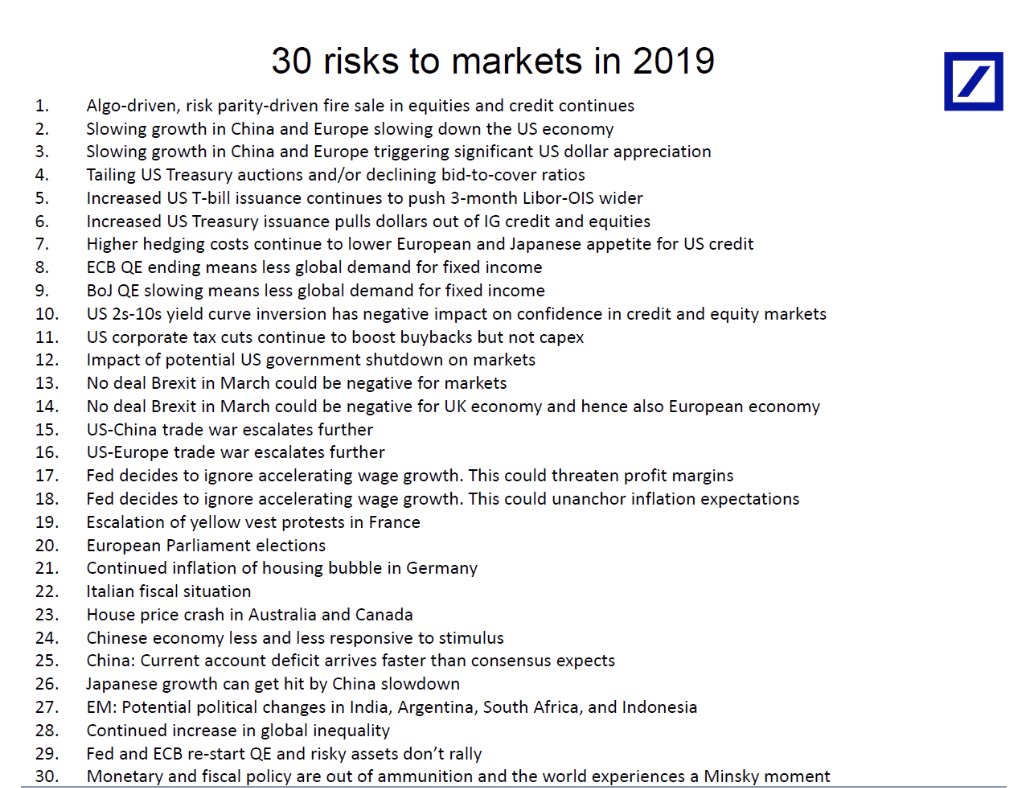
Barring a Trump nuclear grenade thrown at the Federal Reserve, the Aussie dollar appears about to plunge into the 0.60s.

